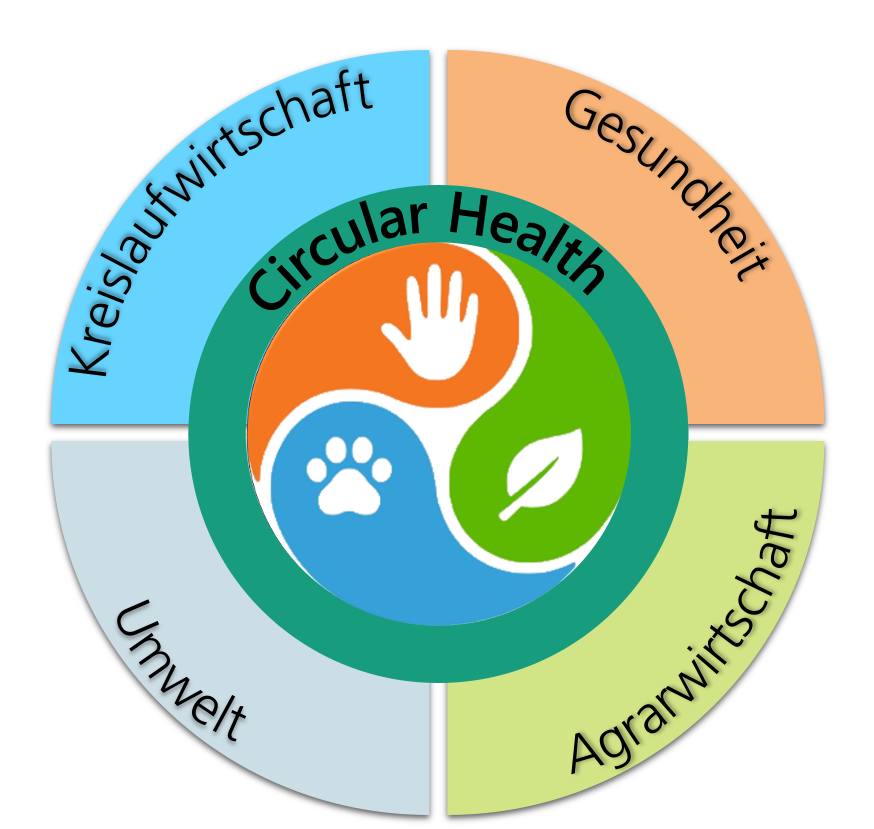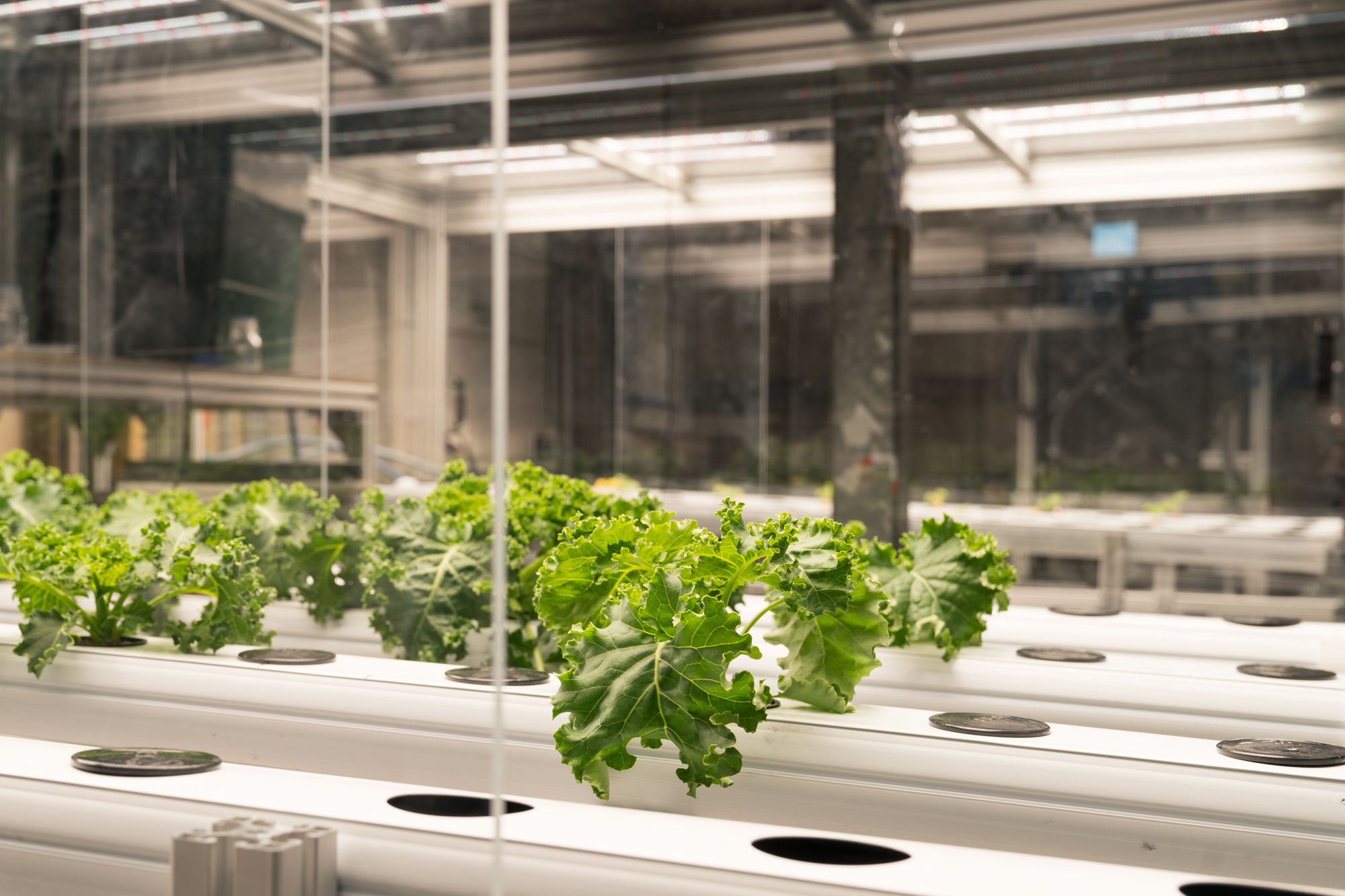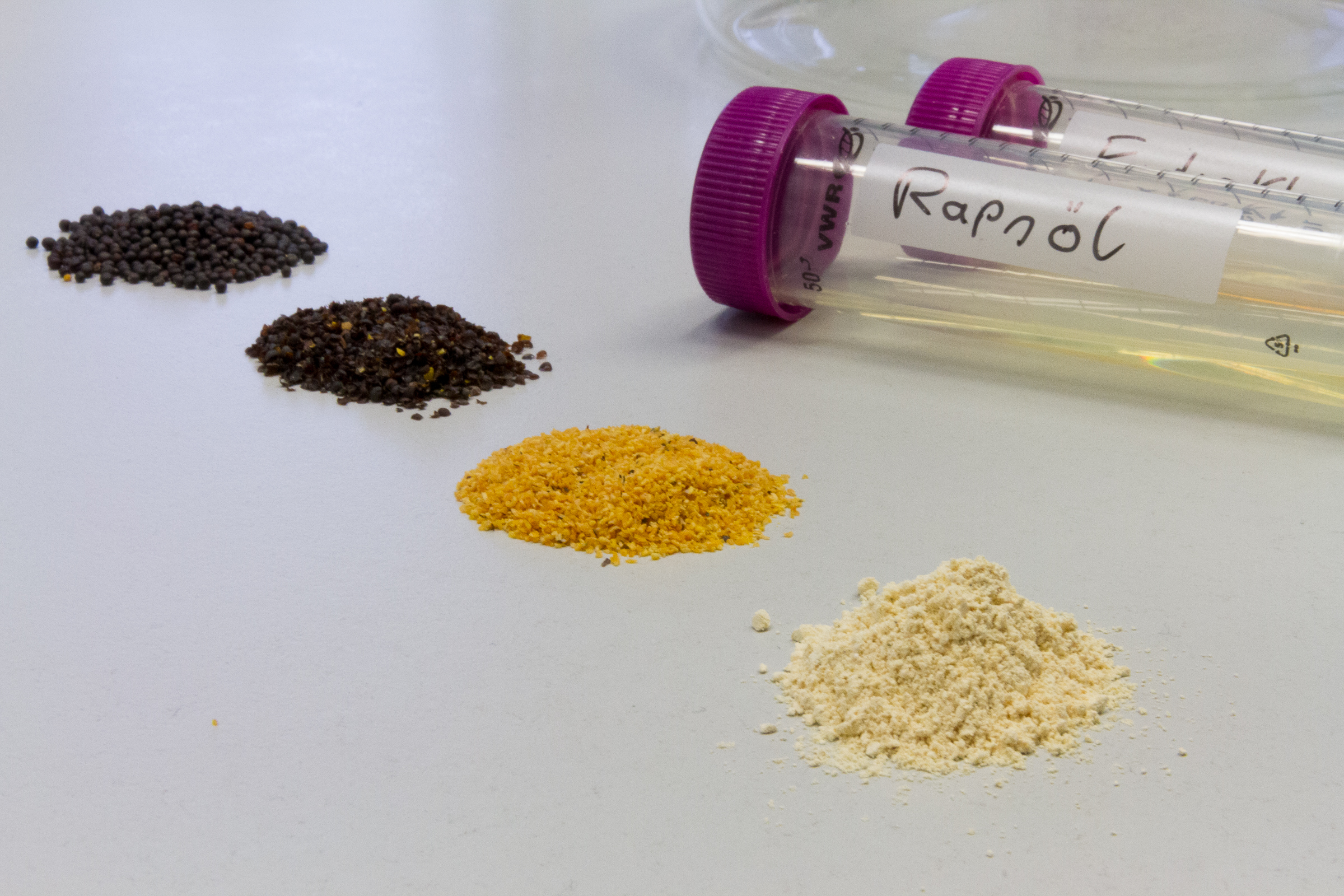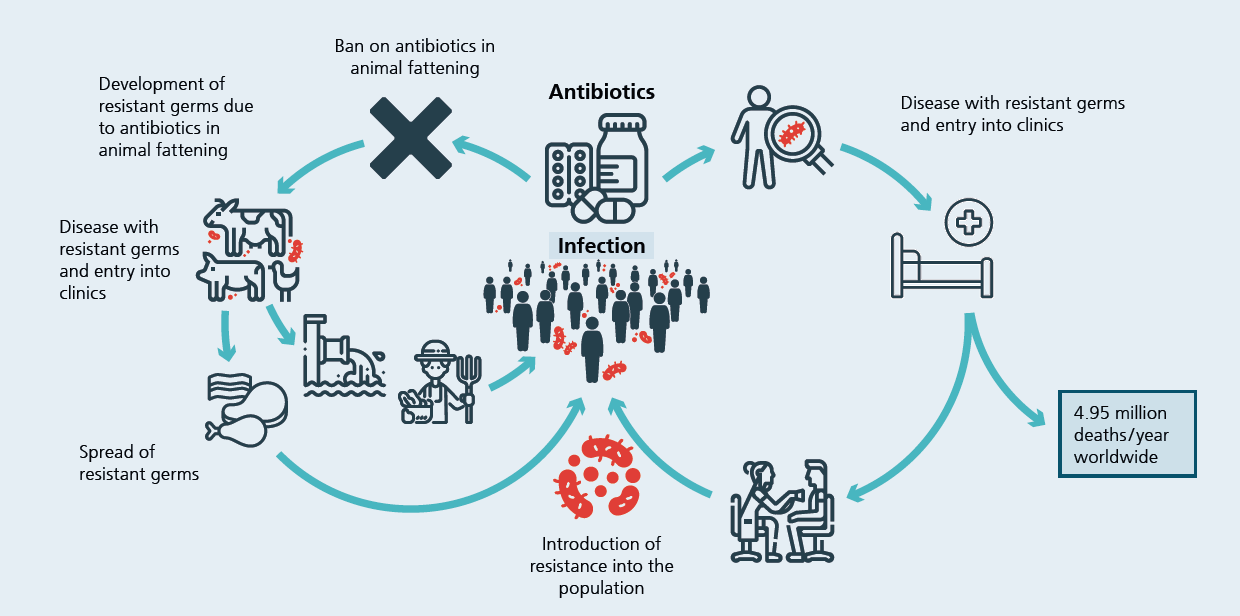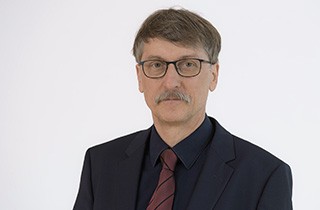Pharmaceuticals are essential for human and animal health, but increased consumption and their often uncritical use lead to an increase in harmful and permanent residues in the environment, which can have undesirable effects on organisms, populations and ecosystems. Surface and groundwater as well as soils are particularly affected by this. Another problem is the development of resistance, which is facilitated by the excessive, non-specific and careless use of antibiotics.
Reducing problematic chemicals in the environment
Technical solutions for the collection and elimination of pollutants, e.g. PFAS or drug residues, from wastewater provide a remedy to reduce the harmful effects of persistent substances via drinking water (see article on PFAS, page x). At the same time, it is important to minimize the input of pollutants and pharmaceuticals into the environment and to focus on the development of environmentally friendly, biodegradable pharmaceuticals. For this purpose, methods are needed for the rapid and comprehensive assessment of the environmental hazard potential of new active substances.
Strategies against climate change and biodiversity loss
Essential for human health is a healthy environment that is characterized by a high level of biodiversity. This is because the ecosystems that build on this diversity produce clean air, drinking water, food and active ingredients. Since biodiversity has declined dramatically in recent decades, there is an acute need for action to reduce or completely avoid anthropogenic contributions to biodiversity loss.
In order to protect and preserve biodiversity, we are primarily concerned with the development of circular value chains to reduce waste and greenhouse gases, of strategies and methods to reduce anthropogenic pollution in the environment, and of new food concepts for sustainable intensification of agriculture.
 Fraunhofer Institute for Interfacial Engineering and Biotechnology IGB
Fraunhofer Institute for Interfacial Engineering and Biotechnology IGB
